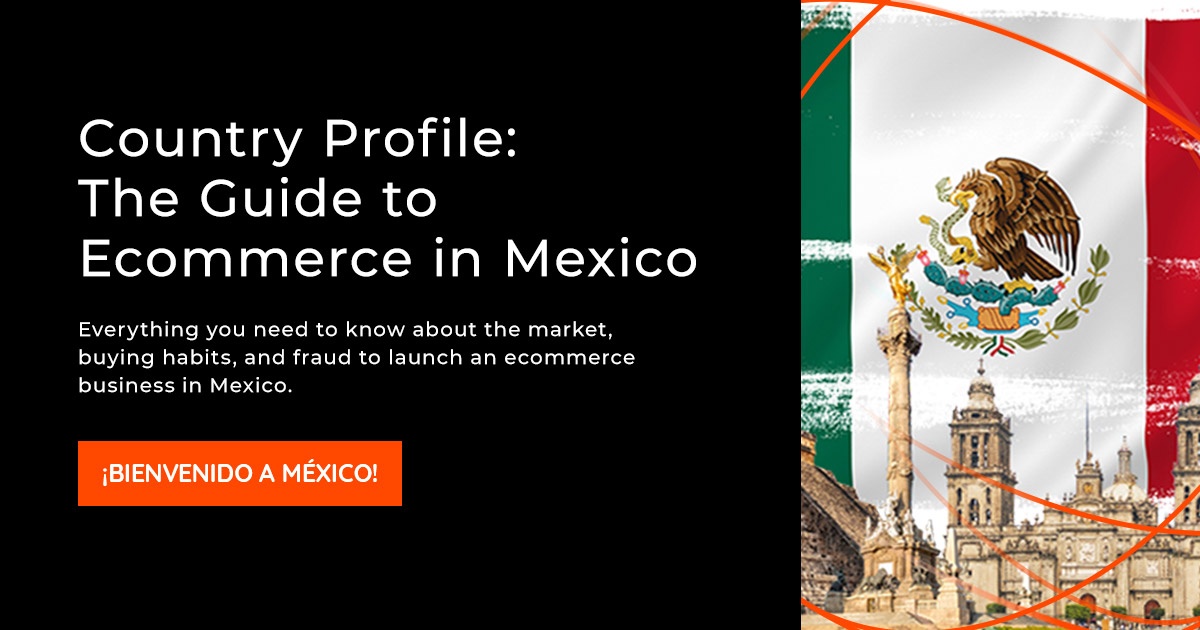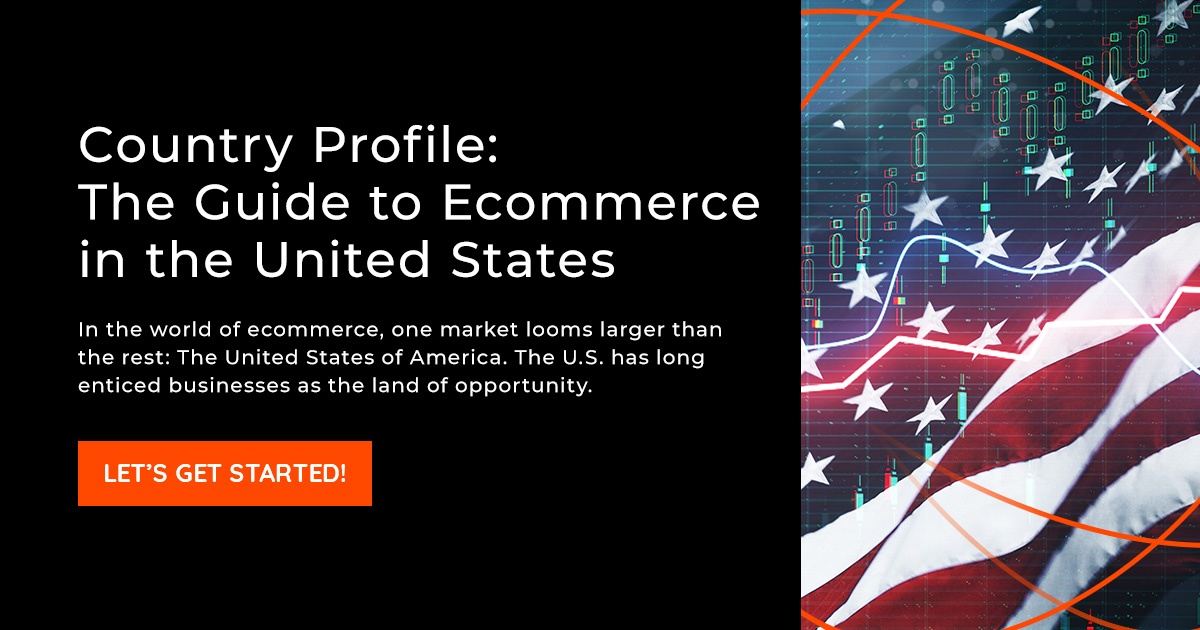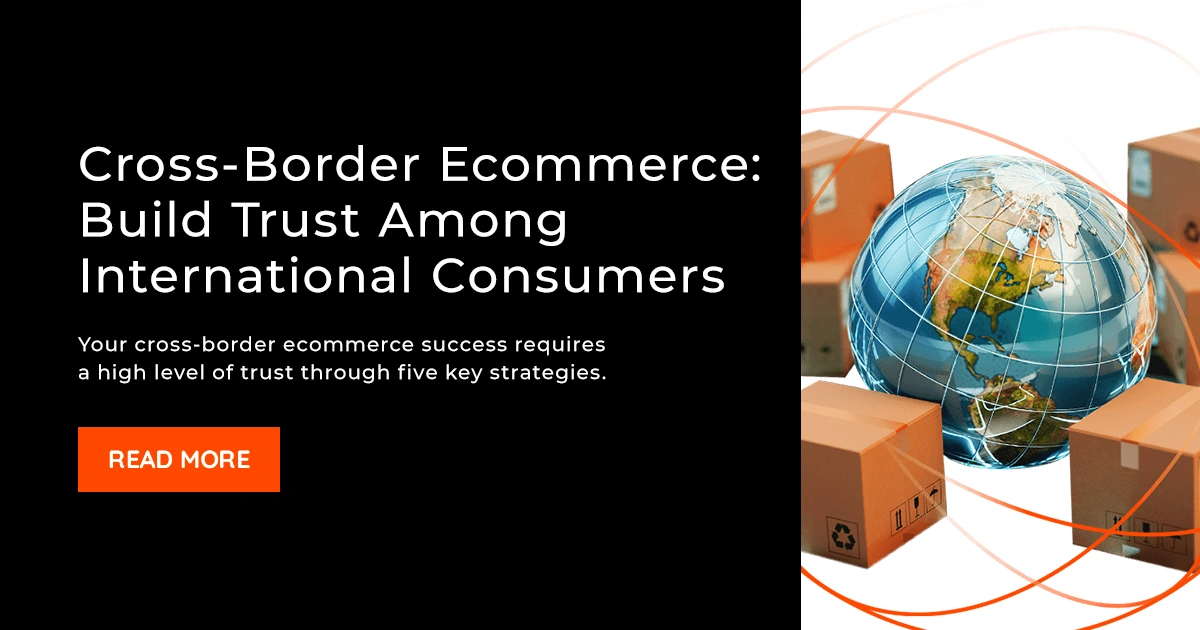Preparing Your Ecommerce Store for the Holiday Season
We’ve officially entered autumn – or fall, whichever fits for your business. That means the holiday season has already begun. The question is, how prepared is your ecommerce store? More than likely, you have new customers who found your site during the pandemic, and you want to keep them shopping online. This year is also special because the FIFA World Cup is happening right in the middle of holiday shopping. Not only will that create more of a rush for merchandise – and fast! – it also opens the potential for fraudsters around the world.
Ecommerce retailers need to have their wits about them to capitalize on this holiday season without losing capital to criminals.
Let’s start with the top shopping days you’ll want to mark on your calendar:

Diwali
Diwali, a traditional Hindu light festival is observed each year and celebrates the triumph of light over darkness. The festival has also become a big shopping holiday, with businesses extending their open hours and offering discounts on gift items — including mobile phones, clothing, cars and even luxury jewelry.

Single's Day
Single's Day is an annual shopping day (Nov. 11) in China and has become the world’s biggest shopping day, with 2021 sales topping $139 billion. Ecommerce platforms like Alibaba and JD.com were big winners last year and hope to capitalize on the shopping day again this year.

World Cup
While it’s not a “holiday,” the World Cup games capture the attention of fútbol supporters and fans every four years. Games begin Nov. 20 and last until Dec. 18, inspiring customers to shop for consumer electronics, jerseys, sports apparel and even online tickets from retailers around the world.

El Buen Fin
Mexico celebrates “El Buen Fin” the third weekend of November every year — an annual sales event not unlike Black Friday in the United States. It kicks off Mexico’s holiday shopping season and offers the year’s best deals on everything — from clothing and appliances to electronics and toys.

Black Friday (United States/Canada)
While the day after Thanksgiving has long been known as the start to the holiday shopping season, it’s only been since the 60s that it’s been referred to as “Black Friday.” One theory for the name is that it’s the point in the year when retailers finally turned a profit. It was a phenomenal shopping day for ecommerce retailers in 2021, with nearly $8.9 billion in sales. Over 155 million consumers took advantage of Black Friday sales last year – 88 million of them made their purchases online.

Cyber Monday (North America, Europe, Africa, LATAM)
The shopping sprees continue on the Monday after Thanksgiving. Spending on Cyber Monday has fluctuated for the last several years, but it remains the biggest shopping day of the year in the United States, hitting $10.7 billion in sales in 2021. With so many shoppers moving from in-store shopping to online, industry experts have begun referring to the timeframe between Black Friday and Cyber Monday as Cyber Week. In 2021, online retailers sold $62 billion in the United States.

Boxing Day
Celebrated Dec. 26 in Great Britain, Canada and other ex-British countries, Boxing Day marks the end of the Christmas shopping season, but the shopping isn’t done yet! Shoppers here are spending newly received gift cards and bonuses on deeply discounted purchases, like Christmas merchandise, clothing, consumer electronics and toys.

Cyber Monday (Russia)
Russia waits to celebrate Cyber Monday until the last Monday in January, and consumers find discounts on electronics and appliances from the more than 100 participating retailers.

Chinese New Year
The shopping season continues strong into February with the celebration of the Chinese New Year. In 2022, China’s Ministry of Commerce reported one-week revenues of more than 290 billion yuan, with strong sales of gifts, food, electronics and specialty products.

Capitalizing on Holiday Sales
With critical dates on your calendar, now you’re ready to capitalize on all the shoppers who will be looking to make holiday purchases. Here are six things you should be doing now to optimize your e-commerce site and increase your holiday revenue.
1. Optimize for Mobile
Mobile commerce is here to stay, and its prevalence as a preferred way to shop isn’t just for younger generations. Insider Intelligence is predicting that m-commerce will account for nearly 50% of all online shopping by 2024. That means companies need to anticipate how their websites and apps will appear on smartphone and tablet screens.
Another factor is page load speed. Busy customers want to browse and buy quickly, so it’s important for each page in your store to load quickly. If it takes longer than three seconds, you risk customers moving on to another business to make their purchases. Specifically, make sure category and product menus are easy to navigate and provide an experience similar to or better than on your website.
M-commerce adoption is having a big impact on payments as well. Digital wallets are preferred by more than 70% of customers. If you don’t offer PayPal, Amazon Pay, Apple Pay or at least one contactless payment option, now is the time.
Don’t forget about hybrid solutions like Buy Now, Pay Later and buy online pick up in store (BOPIS). While these payment options were added as a necessity during the pandemic, they’ve become an expectation for many customers now that stores are open again.
You’ll also want to beef up security and offer even easier checkout on mobile channels.
2. Secure Websites and Apps
Confirm you’re using the latest digital security solutions to protect you and your customers from fraudsters, like Secure Sockets Layer authentication and security providers like Verisign or 3-D Secure. And keep in mind that security and privacy requirements vary by country and region.
Some countries’ “localization requirement” requires that the collection, recording, storing and extracting of their citizens’ personal data are all done using databases on servers in that specific country. That means local hosting services are required.
If you’re selling into the European Union, your business will be subject to the General Data Protection Regulation (GDPR). This data privacy law requires businesses to be vigilant with consumer data, how and why it’s gathered, how it’s used, how long it’s kept, and how it’s deleted. Penalties start at 20 million euros.
3. Use Verification Technology
Implementing verification technology can help identify fraud based on the physical and digital components of someone’s identity and even help businesses reduce their vulnerability to cybercriminals.
Another EU consideration is PSD2, or Payment Services Directive 2, which has been in effect since 2019. It requires Strong Customer Authentication for all European Economic Area electronic transactions. When customers pay with credit cards, companies need to authenticate in multiple ways, such as two-factor authentication and other types of verification.
It’s also critical for ecommerce retailers to keep in mind that their authentication efforts shouldn’t deter and prevent customers from making purchases or causing false declines.
4. Clarify Shipping and Return Policies
Consumers like to know up front what shipping and returns will cost them. That makes now the perfect time to review your shipping and return policies and making sure they’re up to date, easy to understand, and readily visible.
If customers could potentially be confused about returns and refunds, you could see an uptick in friendly fraud. Most often, friendly fraud is “accidental,” where customers make mistakes such as:
- Forgetting they made the purchase
- Forgetting they agreed to a recurring payment, such as a software or magazine subscription
- Situations where another family member authorized the purchase without the cardholder’s knowledge
Shipping is another consideration. If you offer only one or two shipping options, consider expanding your shipping menu. Providing other shipping speeds from your current carriers (or adding new carriers) gives your customers more leeway in where and how purchases are delivered. Also keep in mind that shipping to countries where distribution spans thousands of miles, managing customer expectations is critical. Whatever shipping method you choose, make sure your customers can track their packages and you can access delivery records in the event of false item-not-delivered chargebacks.
5. Recognize the Signs of Account Takeover Fraud
Account takeover fraud occurs when a fraudster uses a piece of a victim’s identity to gain access to and take over a victim’s account. Data breaches create opportunities for criminals to steal passwords and other login credentials, which they use to hijack accounts.
And once they have account access, fraudsters can compromise valuable (and lucrative) customer accounts. But if businesses know account takeover warning signs, they can stop suspicious transactions before they do damage.
ATO and other types of fraud impact your bottom line, but they can also compromise a company’s reputation. In our original research, we found that over 80% of consumers would shy away from shopping with an ecommerce retailer that allowed a fraudster to use their credit card information to make a fraudulent transaction.
6. Update Fraud Prevention Tools
Businesses may think they’re doing everything they can to protect their business from the devastating effects of fraud, chargebacks and false declines. But it’s still hard to separate the legitimate transactions from the fraudulent ones.
That doesn’t mean your ecommerce platform fraud filters will be sufficient. Without a more comprehensive solution to prevent fraud, companies run the risk of increasing the number of false declines.
At ClearSale, we use a hybrid approach that combines an AI-enabled algorithm that approves almost all valid transactions and declines clearly fraudulent transactions. The 2% to 3% of questionable orders are flagged for secondary review by our team of fraud analysts who have fought fraud in some of the highest-risk regions in the world. Analysts compile what they learn from those reviews and feed that intelligence into our approval algorithm to teach it to be even more accurate over time.
Before the holiday shopping season begins, consider hiring a fraud protection company with the resources and expertise to inspect every transaction to validate orders and eliminate fraudulent ones.
But finding the right provider can be hard. That’s why we created our free “Fraud Protection Buyers Guide” that details your options and outlines the questions to ask to find the solution that fits your needs. You’ll walk away with the right strategy in place to conquer the 2020 holiday shopping season and reduce the biggest threats to your business’s revenue.
 Rafael Lourenco
Rafael Lourenco





